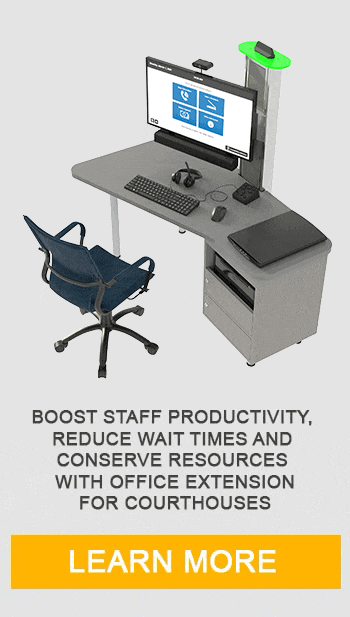User Experience (UX) design has become a recognized differentiator in the business world.
Companies that focus on the experience their customers have with their products outperform the S&P by over 200%. It’s no wonder digital kiosk manufacturers and their clients are beginning to focus on users’ overall experience of interactive kiosk systems, moving beyond the bootable box to consider the interplay between kiosk hardware, software and the end user.
UX is a Discipline
While kiosk design is often considered subjective, it is in fact a discipline full of heuristics, guidelines and metrics. UX best practices have been formalized by thought leaders like Donald Norman, Jakob Nielsen and Ben Shneiderman, and are followed by savvy designers around the globe. Each of these pioneers has come up with valuable lists of straightforward design rules that can be applied to a wide variety of fields to greatly increase the usability of any digital product.
More recently, research into specific subdomains has produced additional reference material to aid product designers. For instance, Nokia applied guidelines from the paper by Enrico Bertini et al when designing the interface for its Symbian phones. In the world of digital kiosks, other papers by Maguire and Sandnes et al provide excellent guidelines for kiosk user interface design.
Kiosk UX Guidelines
The Sandnes paper in particular provides us with a clear and actionable set of guidelines that can be applied to the creation of user interfaces for interactive digital kiosks. By reviewing literature of the time, such as the Maguire paper, and analyzing the ticket vending kiosk of the Taiwan High Speed Rail (THSR) system, Sandnes proposed a set of 16 heuristics applicable to the design of kiosks for use in public spaces. These heuristics fall into three categories, listed below.
Heuristics based on general best practices in the UX field:
Avoid unnecessary visual elements.
- Make text and elements visible with sufficient contrast.
- Communicate on multiple channels.
- Provide clear affordances.
- Rely on recognition, not memory.
- Do not allow illegal choices.
Heuristics based on current literature:
- Avoid language selections; make pages multilingual.
- Show instructional videos on the start page.
- Use confirm and next buttons sparingly; provide back buttons.
- Request information sequentially, not simultaneously.
- Reveal all the required steps from the start.
Heuristics derived from the THSR study:
- Avoid unnecessary steps.
- Direct selection is preferable to selection via cycling through options.
- Solicit the advice of experts on language and culture.
- Use geographic layout for geographic data.
- Avoid unnecessary accuracy and detail.
All of these best practices have a place in the design of digital kiosks, but my personal selection for most important is the very first one: Avoid unnecessary visual elements. This golden rule is usually broken when kiosk providers simply display their website on the kiosk touchscreen. Websites contain many visual elements (e.g., menus, disclaimers, advertisements, verbose footers) that self-service kiosk users just do not need to see. Remember, an interactive kiosk is more like a smartphone than a website. The choices displayed must be limited and to the point, letting the user accomplish what they want to do quickly and easily.
Ready to Hear More about Kiosk UX Design?
Over my next several posts, we will explore each of the above interactive kiosk UX rules in detail and discuss examples of how Advanced Kiosks and its clients have applied them to custom kiosk integrations. If you can’t wait to start prioritizing customer experience in your business, contact our UX professionals today.














